
Lot 23
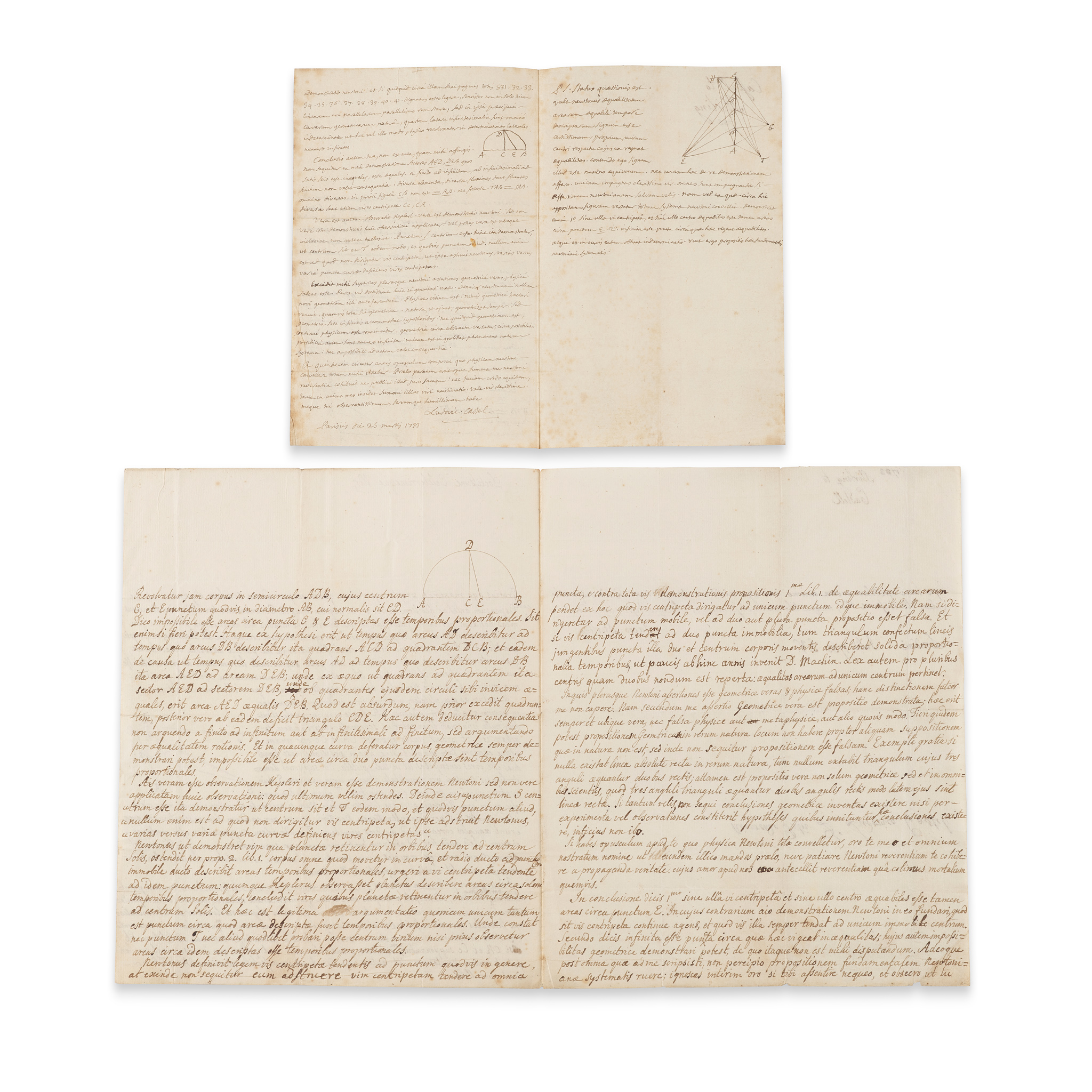
Castel, Louis-Bertrand (1688-1757)
Autograph letter signed to James Stirling
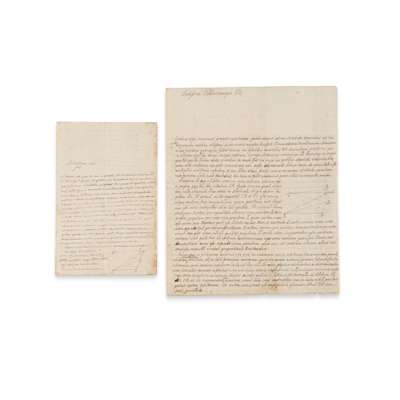
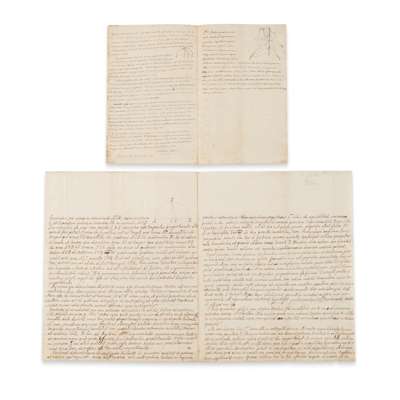


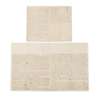
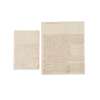
The Library of James Stirling, Mathematician
Auction: 23 October 2025 from 13:00 GMT
Description
dated Paris, 25th March 1733, signed Ludovic Castel, 3 pages, in Latin, closely written and including 3 diagrams, referring to a letter from Stirling to Lord Ramsay (perhaps the Jacobite Chevalier Ramsay) and his (Castel's) recent commentary on Stirling's ‘little work on infinite series’ ('opusculum tuum ultimum de seriebus infinitis' before proceeding to a discussion of Newtonian geometry (‘Quod nunc attinct ad aequabilitatem arearum Newtonianem nollem mihi tribuisses errorem adeo crassum quasi lineam eandem duobus aliis non parallelis parallelam afficerem’), spotting to edges, 16.5cm x 11cm.
Together with an autograph letter signed from James Stirling to Louis-Bertrand Castel, London, July 1733, 4 pp., in Latin, perhaps a draft (a few small corrections present) or the final letter returned, comprising geometrical demonstrations with frequent references to Newton and a few mentions of Kepler (2)
Footnote
A French Jesuit priest, Louis-Bertrand Castel spent most of his career at the Collège de Louis-le-Grand in Paris, where he taught physics and mathematics and specialised courses in subjects including calculus and optics. ‘Although he was probably one of the most outspoken French opponents of Newtonian science during the second quarter of the eighteenth century, Castel was nevertheless a zealous supporter of British mathematics. Early in his career, Castel developed a tremendous admiration for Newton as a mathematician, even as he resisted and fought against Newton’s natural philosophy' (Greenberg, The Problem of the Earth's Shape from Newton to Clairaut, 1995, p. 259). His works include Mathématique universelle (1729), which defended Newton's method of infinite series, L'Optique des couleurs (1740), and a 1725 article in which he proposed an ‘ocular harpsichord’ (clavecin oculaire). He was appointed fellow of the Royal Society in 1730. Stirling's response to Castel's letter is described by Tweedie as containing ‘a clear demonstration of what [Stirling] understands by geometrical demonstration’ (p. 208).
Published:
Charles Tweedie, James Stirling: A Sketch of his Life and Works along with his Scientific Correspondence, 1922, pp. 152-7.





